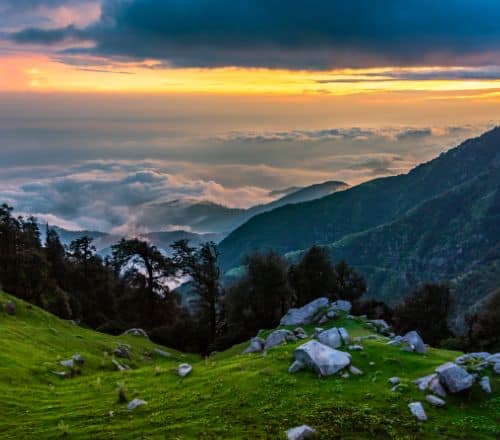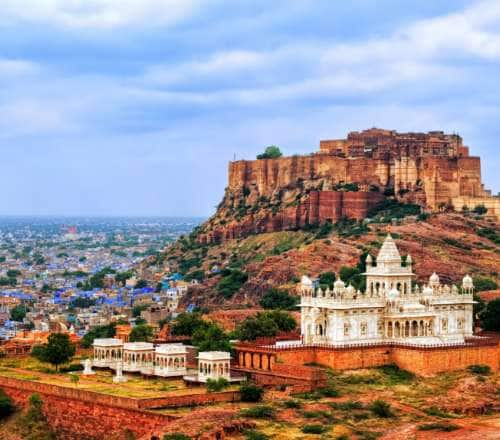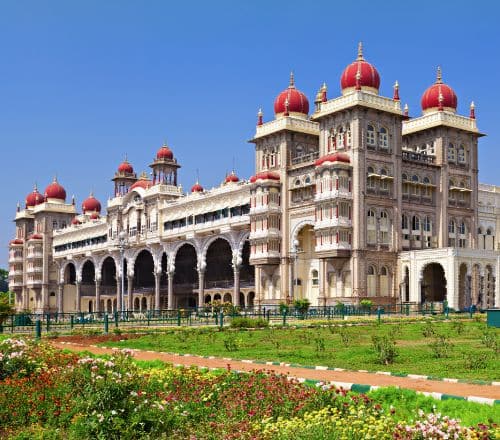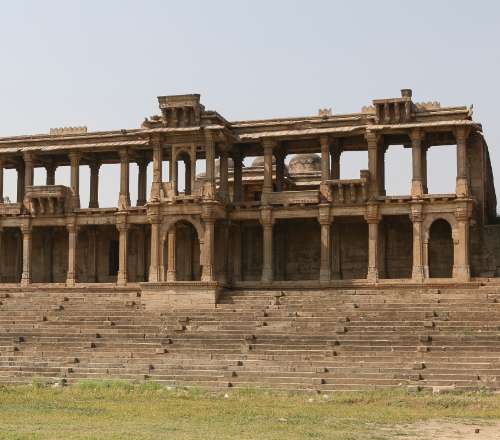Stay logged in to proceed with bookings, orders and offers.
On changing the terminal, you will loose items in your cart. Are you sure you want to change your terminal?
Once a bustling City, now a ghost town
A town of curiosities lies on the sea border of India and Sri Lanka. On the southeastern tip of Tamil Nadu, towards the sea, after crossing the Pamban bridge comes the legendary Rameswaram Temple. The secluded town of Dhanushkodi is after the temple, on a thin strip of land between the Indian Ocean and the Bay of Bengal. Dhanushkodi is a beach town shrouded in tragedy and mystery.
Dhanushkodi's solitariness thrilled me for a trip. Imagine my fear and excitement while sitting in a car travelling between two enormous water bodies. The navy blue water of the Bay of Bengal is on the left, with the deep sea green water of the Indian Ocean waves on the right. For a minute, my car became a boat in the middle of the ocean. The feeling turned more real when I learned that the road ends in the ocean
Dhanushkodi means Bow's End. It is believed that this is where Lord Rama asked Lord Hanuman to construct Ram Setu, a bridge of rocks, for his army to reach Lanka (present-day Sri Lanka) — where the demon king Ravana had abducted and kept Goddess Sita.
After winning the battle of Lanka, Lord Rama returned with his wife and the rest of the army. Vibhishan, the new king of Lanka, asked Lord Rama to destroy Ram Setu. His intention was to avoid any misuse of the bridge. Lord Rama destroyed the stone bridge with one stroke of his bow's end. Voila! The place has been Dhanushkodi ever since.
On the way towards Dhanushkodi from Rameswaram, there is a temple called Kothandaramar Temple. It is believed to be where Lord Rama ordained Vibhishan as the new king of Lanka.
I booked a taxi from Rameswaram to explore Dhanushkodi, and the driver regaled me with interesting stories on the way.
Dhanushkodi was once a prosperous fishing belt of India, swamped with fishermen. It was also a sacred spot because of its churches and temples. This bustling town also had a railway station that welcomed one train daily called Pamban Dhanushkodi Passenger. Thousands of residents used to call Dhanushkodi their home. It even had schools and a post office.
I was shocked when the driver told me that Dhanushkodi once had a busy ferry station, which is barely operational now. The ferry transferred people via sea to the Talaimannar in Sri Lanka, 24 km away. Looking at the present state of Dhanushkodi, it is tough to swallow that it was once such a lively town.
Though I had read about it before starting my journey, I asked the driver about his account of what reduced Dhanushkodi to a ghost town. Sometimes the entire internet can miss something that only a local would know.
It was December 22, 1964, when Dhanushkodi met its destruction. That night, a terrible cyclone hit the town so hard that it changed its destiny forever. The supercyclone arrived with a wind speed of 270 km/hr, and tidal waves as high as 6 m thrashed the small town. Hundreds of houses were ripped from the ground, leaving the entire town in ruins. This tragic incident took the lives of around 1,800 people, and about 3,000 residents were left stranded on the island. This was because the Pamban Bridge, the only bridge connecting Pamban Island with mainland India, was ravaged by the huge waves of the ocean.
Two railway employees, who were on night patrol duty on the fateful day, managed to survive by clinging on to the remnants of the Pamban bridge. Only their will kept them alive for 12 hours until they were rescued by a boat.
On the other hand, passengers of a train to Dhanushkodi were less fortunate. The train driver took the risk of continuing the journey amid the darkness and a warning. In a fraction of a second, a humongous wave flipped the train and took about 115 lives. The aftermath of this tragedy was such that the government immediately declared Dhanushkodi 'unfit for human habitation.' That's how Dhanushkodi turned into the eerie ghost town it is today.
Being surrounded by the ocean, Dhanushkodi always remains at risk of cyclonic activity. Yet, it is inhabited by a few fishermen and their families living in temporary thatched huts. Gradually, after years of loneliness, the town started receiving tourists. This provided the fisher families with an opportunity to earn a living.
One of the places I visited was a church sitting sadly on the sand. From its height, it's easy to make out the glory it had in its heyday. Around the ruins, the locals had set up a small market selling coconut water and fresh-cut fruits, while some engaged in making and selling jewellery and home decor items from sea shells.
I was at Dhanushkodi during the Tamil New Year. Hence, the town had a flock of tourists moving in packs, admiring the ruins. The faces of the locals beamed at the sight of tourists, and I pondered on the isolation that I seldom experience in my urban setup.
A few yards away from the ruined church, I caught sight of the remains of the railway station. About six pillars were trying to hold the roof of the once-bustling railway station. Near the station, I found more debris of houses and temples, abandoned by their owners and makers.
Arichal Munai is a historical landmark just after Dhanushkodi Beach. It marks the end of the Indian mainland and has become a popular spot for watching ocean sunsets.





The Adani One expressly disclaims all liability, direct and indirect, in respect to actions taken or not taken based on any or all the contents of this Blog. The Blog is an opinion of the contributor based on the collation of data from various sources and is provided only for information purpose. Adani One does not canvass, advertise, solicit, invite or induct for any product, merchandise, information, brand or any other materials mentioned in the Blog, nor does it obtain any monetary benefit from the same. Reader is advised to read and apply his/her intellect and discretion in this regard. Any Intellectual Property mentioned in this blog belongs to the rightful owner. We do not intent to claim any interest over the same.